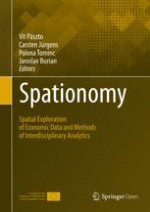10.1 Introduction
10.2 ArcGIS Online
-
Shapefile (ZIP archive containing all shapefile files)
-
CSV or TXT files with optional address, place or coordinate locations (comma, semi-colon or tab delimited)
-
GPX (GPS Exchange Format)
-
GeoJSON (open standard format for simple geographical features).
